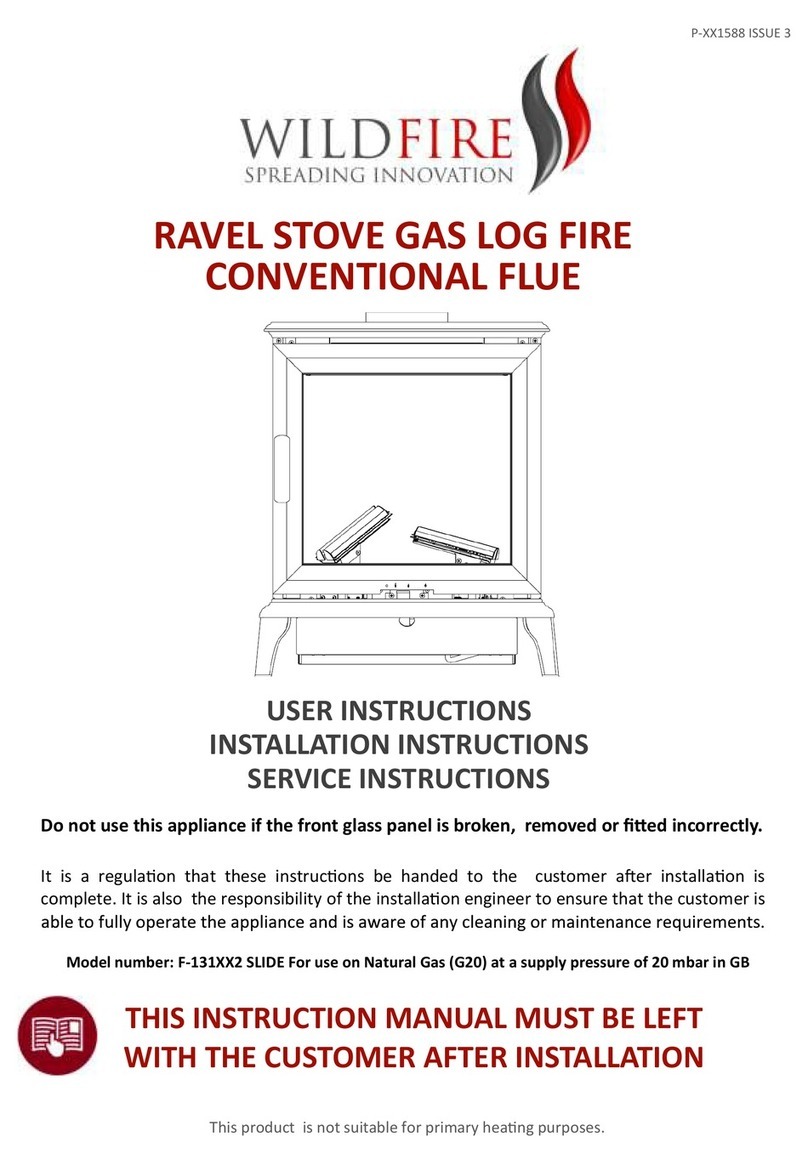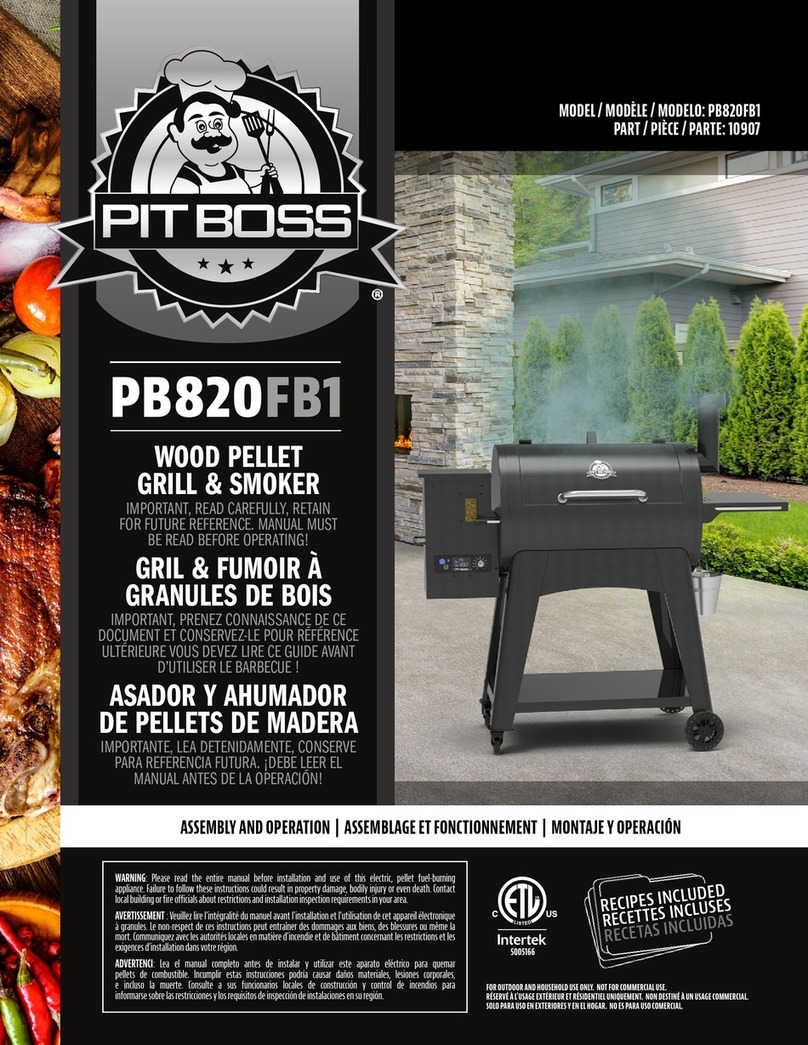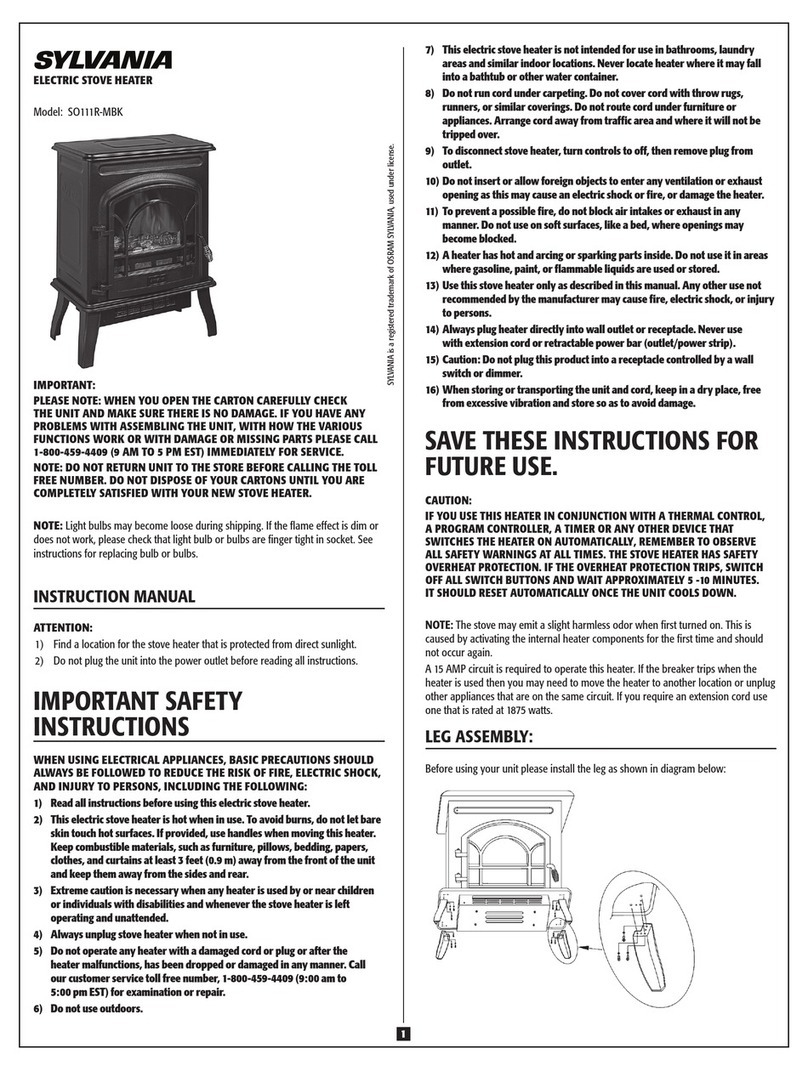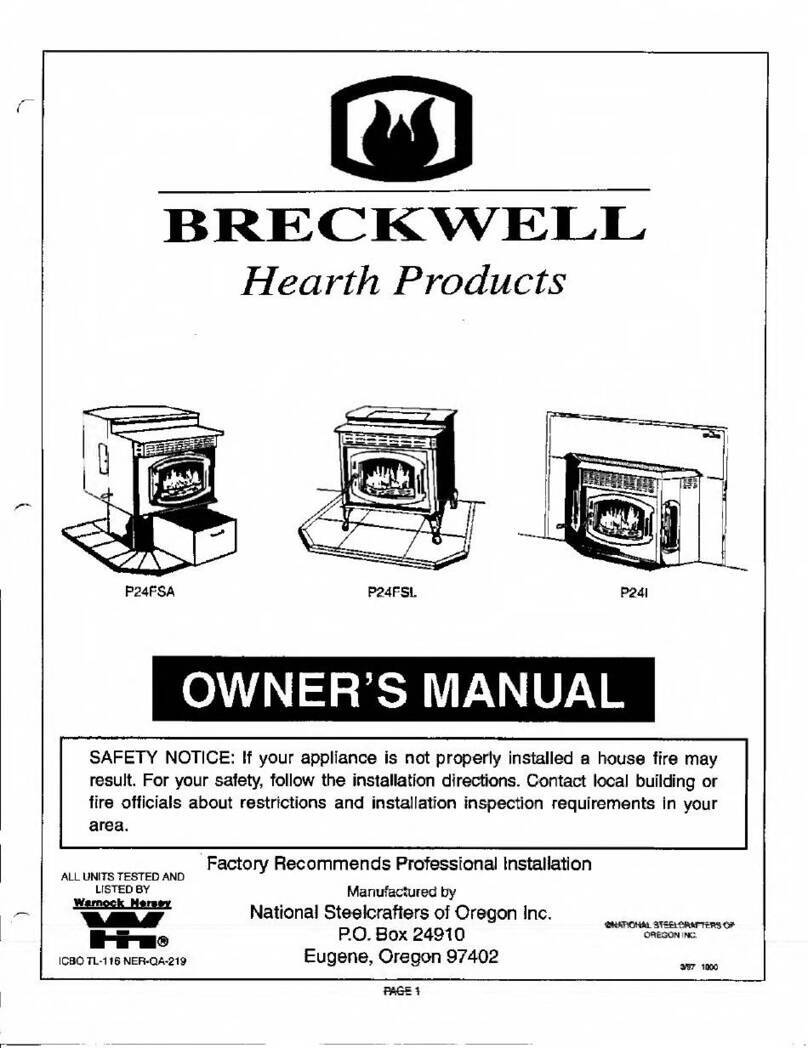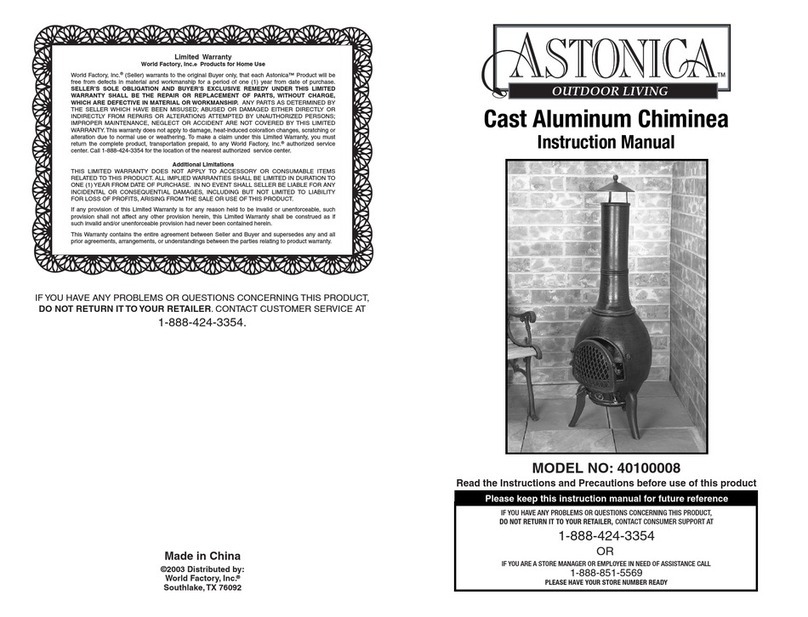
7
D –Using the appliance for the first time
After installation, remove all notification labels (excluding identification or warning labels) and
packaging materials. After cleaning, make sure cleaned surfaces are thoroughly rinsed and wiped
dry using a clean, soft cloth.
Power on
NOTE: Oven will not operate unless the clock is set.
When the power is first connected, the display will flash "00:00".
The time of day is displayed in digital 24-hour format (e.g.: 18:00 is 6:00pm).
Burning in
Before cooking with the appliance, an initial pre-heating is required to burn off the fine oil film
used to protect the elements for shipping. Select a cooking mode and set the oven temperature to
180°C. With the oven door closed, leave for approximately 5 minutes.
Repeat the above step for each cooking mode.
After completing the above, make sure all controls are turned off. The oven is now ready for
cooking and grilling.
Initial heat up
Some smoke and smell may be noticed during the initial heat up cycle. This is normal and should
quickly dissipate. If abnormal levels of smoke occur during use (i.e.: it is not food that is burning),
have the appliance thoroughly checked.
WARNING
Damage resulting from such use is not covered under warranty.
DO NOT use aluminum foil on the base of ovens
The use of foil on the base of the oven to avoid spillage and improve cleaning is not
recommended. The bottom element is concealed under the base of the oven liner. Foil or dishes
with reflective qualities must never be placed on the base of the oven during cooking, as the
concentration of direct and reflected heat will damage the enamel surface.
Do not use the appliance as a space heater
The appliance must never be used for warming or heating the surrounding room. Combustible
materials must never be placed on or near the appliance.
Do not leave children alone
Children must not be left unsupervised in the area when the appliance is in use. Children must
never be allowed to sit or stand on any part of the appliance.
Wear proper apparel when using the appliance
Loose fitting, hanging, or highly flammable garments (such as synthetics) should never be worn
while using the appliance.

